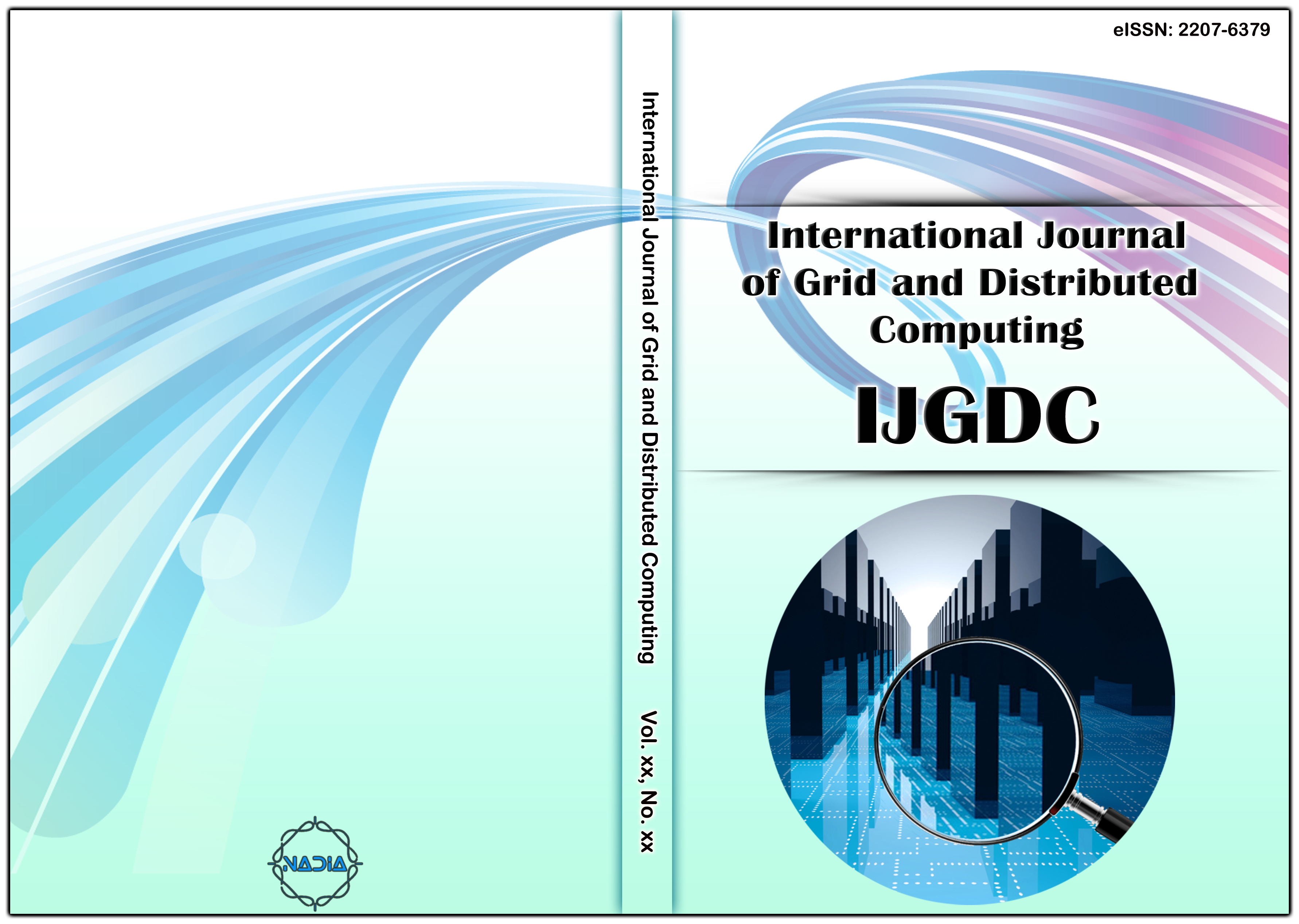[1] Rathod, M. L., Singh, M.K. and Meera, A. “Phase perturbation-based radiation pattern synthesis in antenna array using ASBO”. Proceedings of the 10th International Conference on Intelligent Systems and Control (ISCO’16), IEEE sponsored, 2016, pp: 483-489,2016. DOI: 10.1109/ISCO.2016.7727041.
[2] Zuniga, V., Erdogan, A. T. and Arslan, T. “Adaptive Radiation Pattern Optimization for Antenna Arrays by Phase Perturbations using particle Swarm Optimization”. NASA/ESA Conference on Adaptive Hardware and Systems, 2010.
[3] Li, X. and Yin, M., “Optimal synthesis of linear antenna array with composite differentialevolution algorithm”, Elsevier,Science Iranica D(2012),19(6).
[4] Hejres, J.A. and Peng, A. “Null Steering in a Large Antenna Array using the Elements Positions of the Subarray”, Proceedings of ISAP 2007, Niigata, Japan.
[5] Aksoy, E. and Afacan, E. “Planar antenna pattern nulling using differential evolution algorithm”, Elsevier,Int. J. Electron. Commun. (AEÜ) vol. 63, (2009), pp. 116 – 122.
[6] Guney, K. and Durmus, A. “Pattern Nulling of Linear Antenna Arrays UsingBacktracking Search Optimization Algorithm”, International Journal of Antennas and Propagation, vol. 2015.
[7] Chan, C.-Y. and Goggans, P.M. “Multiobjective Design of Linear Antenna Arrays Using Bayesian Inference Framework”. IEEE Transactions on Antennas and Propagation, vol. 62, no. 11, (2014), pp. 5524-5530.
[8] Koziel, S. and Ogurtsov, S. “Phase-spacing optimization of linear microstrip antenna arrays by EM-based superposition models”, Antennas and Propagation Conference (LAPC), 2014 Loughborough, (2014), pp: 26 - 30.
[9] Guney, K. and Basbug, S. “Seeker optimization algorithm for interference suppression of linear antenna arrays by controlling position-only, phase-only, and amplitude-only”, International Journal of RF and Microwave Computer-Aided Engineering, vol. 21, no. 5, (2011), pp. 505–518.
[10] Guney, K. and Basbug, S. “Linear Antenna Array Synthesis Using Mean Variance Mapping Method”, Electromagnetics ,vol. 34, no. 2, (2014), pp. 67-84.
[11] Chatterjeea, S. Chatterjeeb, S. and Poddarb, D.R. “Synthesis of linear array using Taylor distribution and Particle Swarm Optimisation”, International Journal of Electronics, vol. 102, no. 3, (2015), pp. 514-528.
[12] Hornby, G. S., Lohn, J.D. Linden, D.S. “Computer-Automated Evolution of an X-Band Antenna for NASA’s Space Technology 5Mission”, MIT, Evolutionary Computation, vol. 19, no. 1, (2011), pp. 1-23.
[13] Civicioglu, Pinar, “Circular antenna array design by using evolutionary search algorithms”, Progress In Electromagnetics Research B, vol. 54, (2013), pp. 265-284.
[14] Liu, B., Aliakbarian, H., Ma, Z., Vandenbosch, G.A.E. “An Efficient Method for Antenna Design Optimization Based on Evolutionary Computation and Machine Learning Techniques”. Antennas and Propagation, IEEE Transactions, vol. 62, no. 1, (2014).
[15] Chakravorty, P. Mandal, D., “Null placement in linear antenna arrays with a novel boundary condition of PSO”, IEEE Electronics and Communication Systems (ICECS 2015) , (2015), pp: 1103 – 1105.
